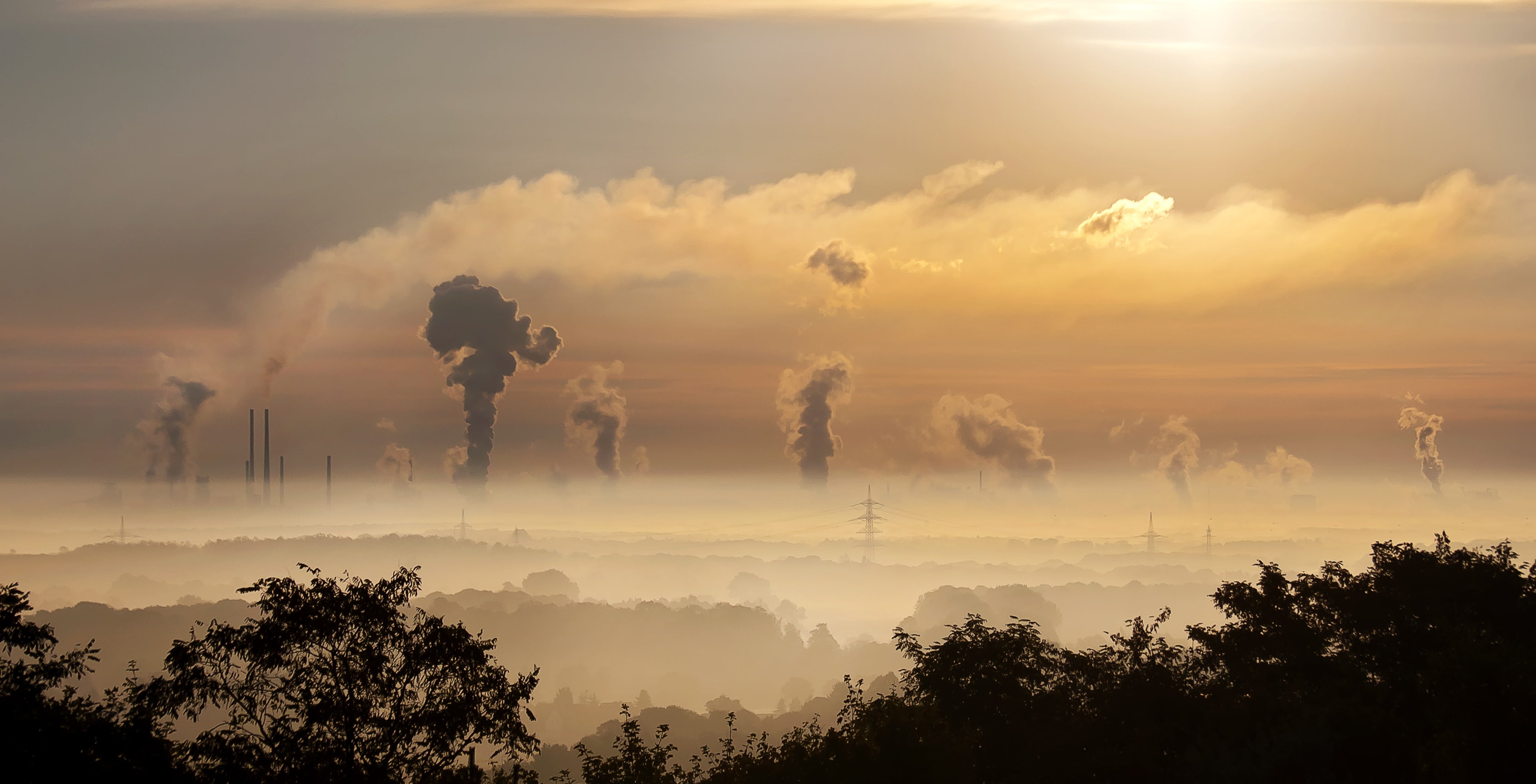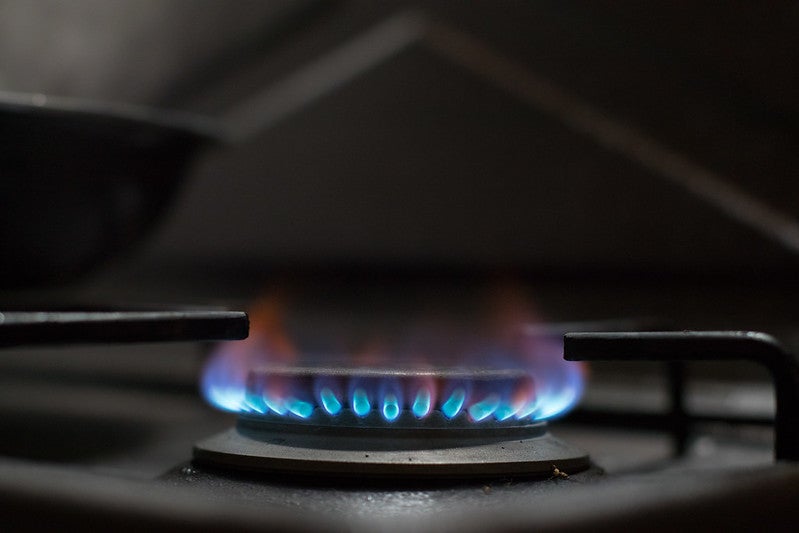A new inventory of air pollution impacts from stationary sources over the past decade shows this trend may continue.
Burning natural gas, biomass, and wood now has more negative health impacts than burning coal in many states and is a trend that may continue, according to a study led by our Research Scientist Jonathan Buonocore. Published in Environmental Research Letters with support from RMI, “A decade of the U.S. energy mix transitioning away from coal: historical reconstruction of the reductions in the public health burden of energy” provides the first inventory of the health impacts of each type of fuel burned at stationary sources from 2008-2017, based on available data.
“Our findings show that while there are public health benefits from reducing coal emissions; gas, biomass, and wood are not clean or healthy alternative energy sources. Swapping one polluting fuel source for another is not a pathway to a healthy energy system,” says lead author Jonathan Buonocore Sc.D., a Research Scientist at the Center for Climate, Health, and the Global Environment at the Harvard Chan School. “Wind, solar, and other non-fuel combusting renewable energy are the healthiest energy sources available for generating electricity, powering our factories, and heating our homes.”
New energy infrastructure that’s being considered now could operate for decades—locking in their health impacts along with greenhouse gas emissions.
Researchers examined the impact on mortality of tiny particles of pollution called PM2.5 that are emitted outdoors at stationary sources like coal plants, gas plants, industrial boilers, buildings (commercial and residential), and other industries up the oil and gas supply chain.
- Read the study
- Read the press release
Key takeaways
- Fuel consuming stationary sources in 2017 were responsible for an estimated $524 billion to $777 billion in health impacts and 47,000-69,000 premature deaths, 33,000-53,000 of which were due to fuel sources other than coal.
- As of 2017, gas emissions from stationary sources led to more deaths than coal in at least 19 states (CA, CO, CT, DE, ID, IL, KS, LA, MA, MS, NH, NJ, NV, NY, OR, RI, VA, VT, WA) and D.C.
- As coal use has decreased, the share of health impacts from stationary sources has risen from gas, wood, and biomass. Together these fuels accounted for an estimated 70-77% of total early deaths from fuel consuming stationary source PM2.5 in 2017.
- Taken together, biomass and wood have the fastest-growing share of early deaths in the major energy-consuming sectors. In 2008 early deaths attributed to burning biomass and wood accounted for around 14-17% of average total deaths from stationary sources but by 2017, biomass and wood increased to 39-47% of total averaged early deaths.
- Gas is the second fastest-growing sector. The share of early deaths from gas increased from approximately 11-14% in 2008 to 21% in 2017.
- Health impacts from coal are decreasing while the share of impacts from gas and wood/biomass are increasing, and this will likely continue beyond 2017. Projections estimate that in 2018, the health impacts of coal and gas were nearly equal — coal remained the most harmful fuel in the electricity sector, while wood/biomass and gas were most harmful in buildings and industrial boilers.
- The health impacts of these fuels are conservative estimates because they only account for what is emitted outdoors at stationary sources, during combustion. For example, the full life cycle of emissions from gas production and compressor stations are not included. The study only looked at primary and secondary PM2.5 emissions—PM2.5 emissions from precursors (sulfur dioxide, nitrogen oxide and volatile organic compounds)—not ozone, direct NO2 exposure, and exposure to other air toxics, such as benzene and toluene.
State findings on stationary sources
Click through RMI’s interactive map to find the health impact of buildings in your state.
Top 10 states with the most premature deaths from natural gas burned in all stationary sources: New York (1,227), Illinois (1,202), Texas (1,094), California (1,013), Pennsylvania (770), Michigan (495), Oklahoma (473), Ohio (454), Indiana (415), Louisiana (348).
Top 10 states with the most premature deaths from natural gas burned in buildings: New York (963), Illinois (682), California (438), Pennsylvania (376), Michigan (307), Ohio (210), New Jersey (203), Massachusetts (148), Maryland (135), Texas (128).
Top 10 states with the most premature deaths from all fuels burned in buildings: New York (1,940), Pennsylvania (1,531), California (1,527), Illinois (1,123), New Jersey (1,086), Minnesota (865), Michigan (841), Ohio (833), Massachusetts (749), Maryland (627).
“A decade of the U.S. energy mix transitioning away from coal: historical reconstruction of the reductions in the public health burden of energy,” Jonathan J. Buonocore, Parichehr Salimifard, Drew R. Michanowicz, Joseph G. Allen, Environmental Research Letters, May 5, 2021. DOI: 10.1088/1748-9326/abe74c
Raw state-level data available upon request. Contact Anna Miller, amiller@hsph.harvard.edu.
Related media
- As deaths from burning coal decline, natural gas now a leading hazard, study shows (Chicago Tribune)
- Natural gas and wood are replacing coal as the biggest pollutants (Fast Company)
















